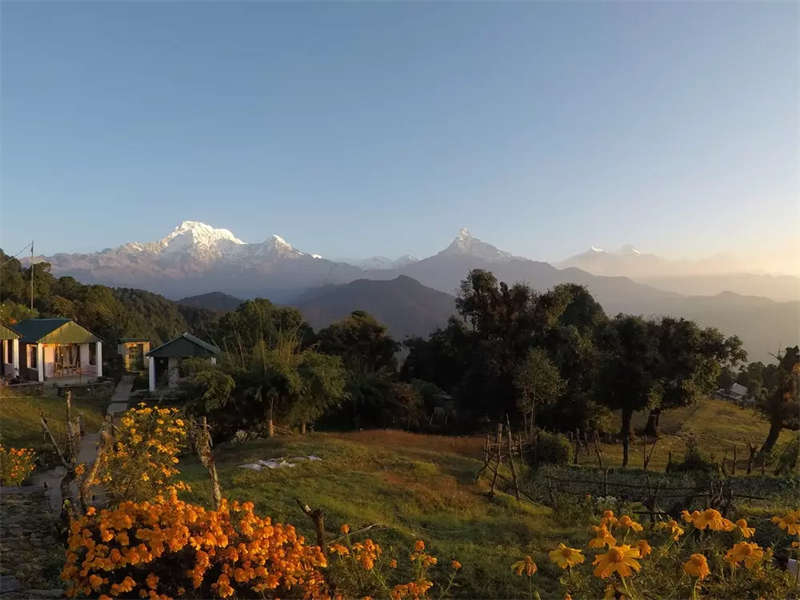
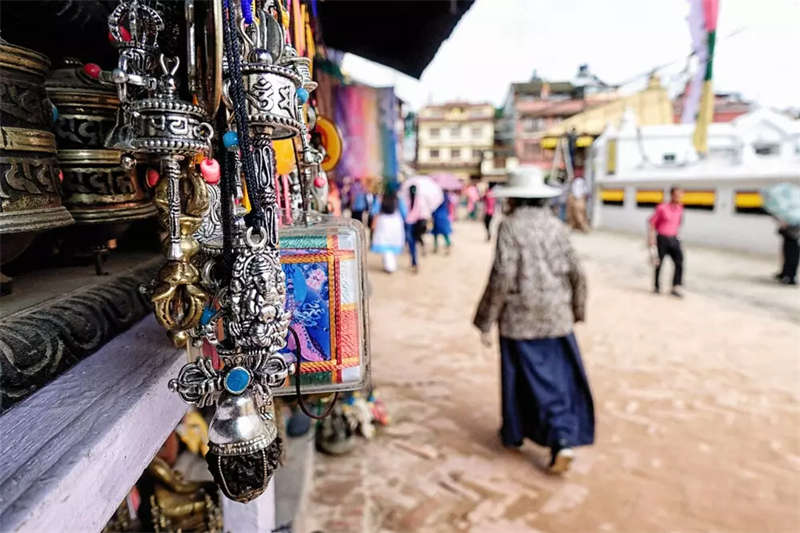
In the past year, I met the Living Buddha in Daocheng, saw three holy mountains in Aden, and was also capped in Seda, in Lhasa, and in Gang Rinpoche, but there was no mysterious, poor but spiritually supreme in Nepal . Local exploration.
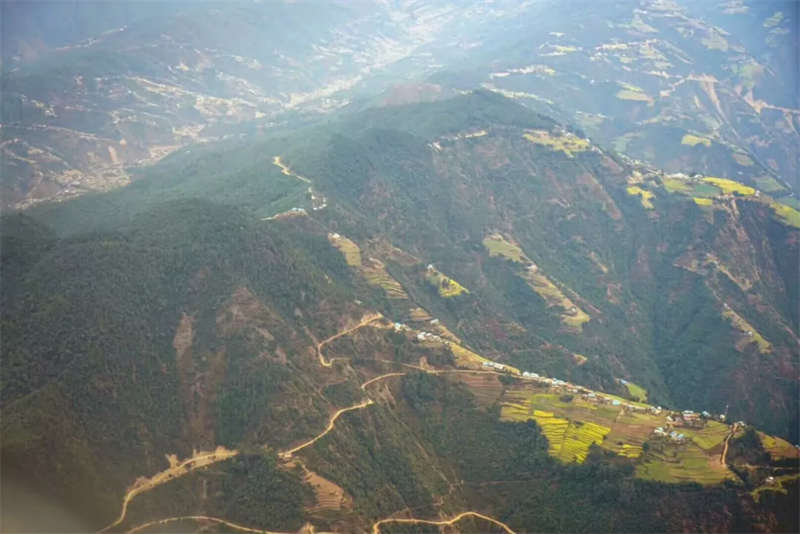
In the past, I always heard that Nepal is an addictive country. It is only now that I understand that this is true.
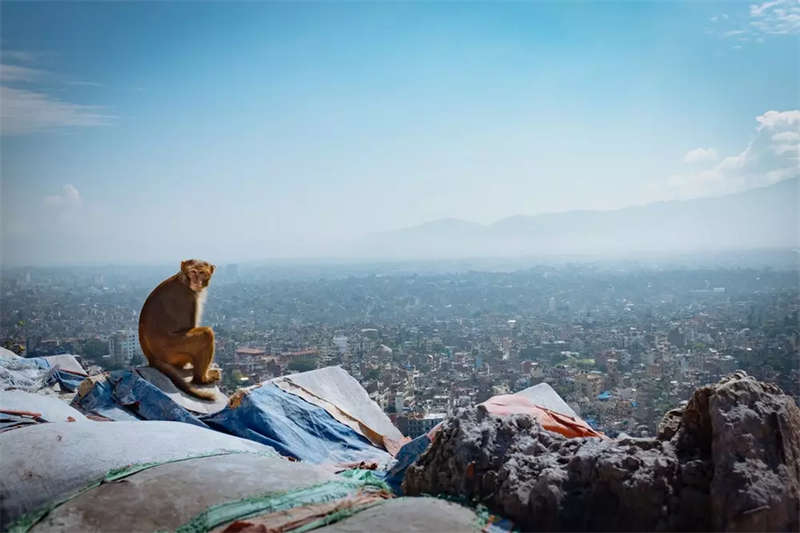

Kathmandu is a very interesting city. Perhaps it is the relationship of frequent power outages here, the locals often go out in a daze, and the home is dark. Whether you are walking in Thamel or Durbar Square, you will find many locals sitting on the side of the road chatting and reading newspapers.
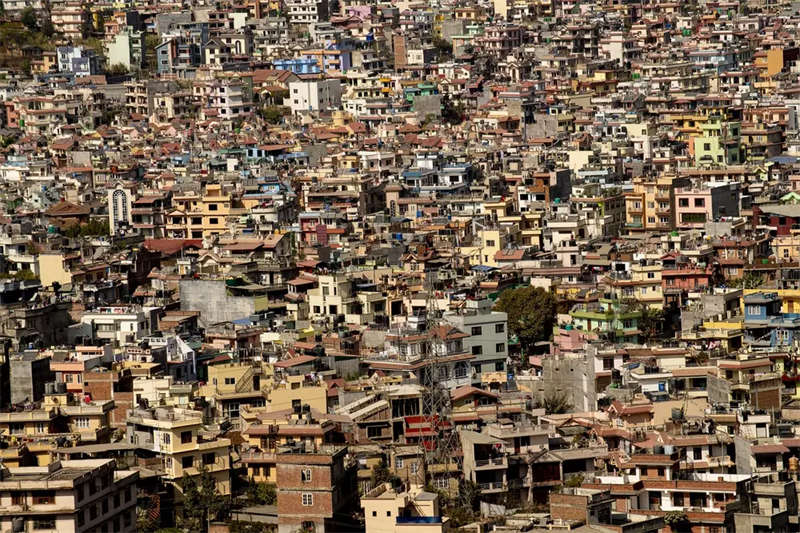
Buddhist temples and ascetic monks can be seen everywhere. Faith is a part of life. If you believe or don't believe it, it will change your life in a subtle way.
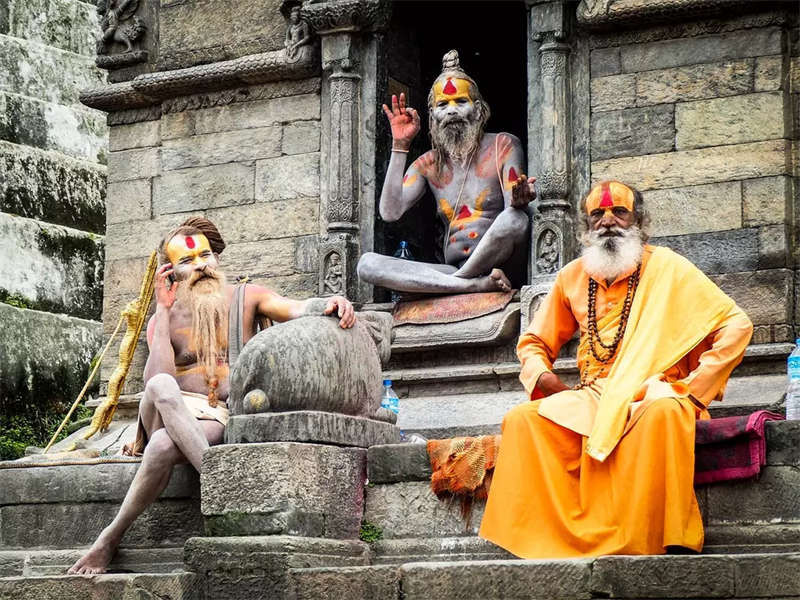

Durbar Square, a cultural monument that can be intimately accessible to everyone. You can see a lot of pictures of locals and tourists here.
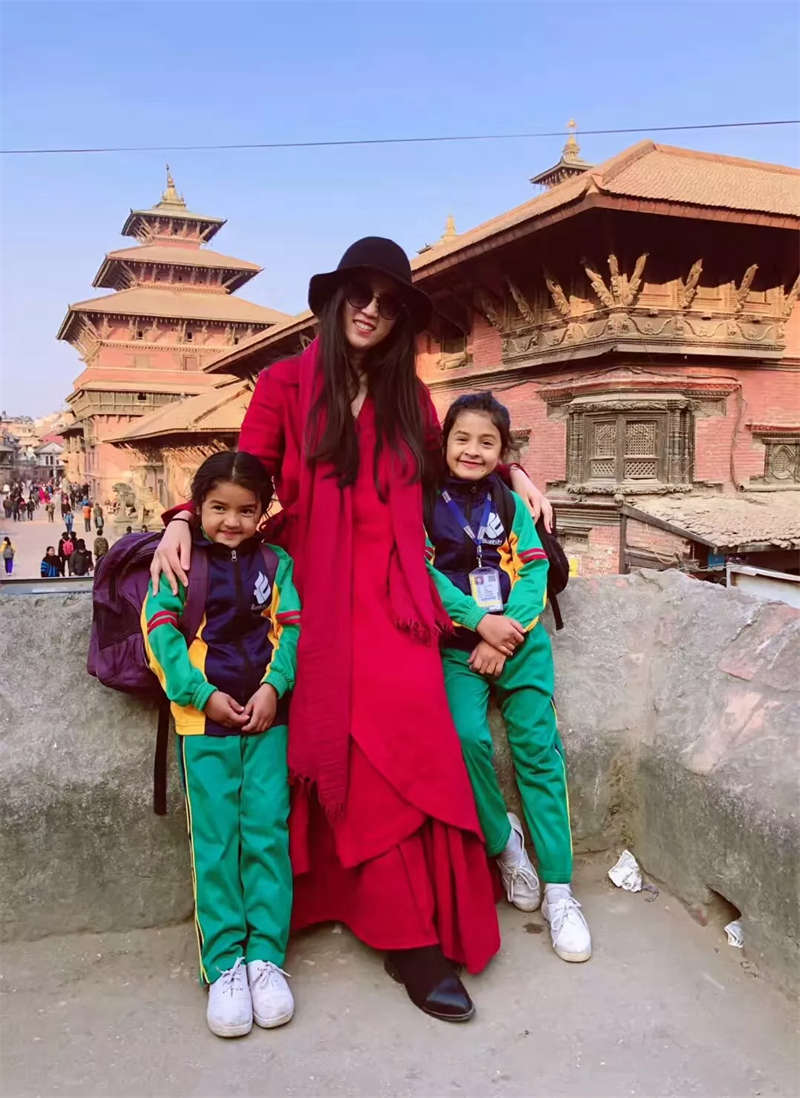
Put on the local gorgeous national costumes, and take photos with the sunset and the pigeons. It must be the most classic of the many scenes in your trip to Nepal.
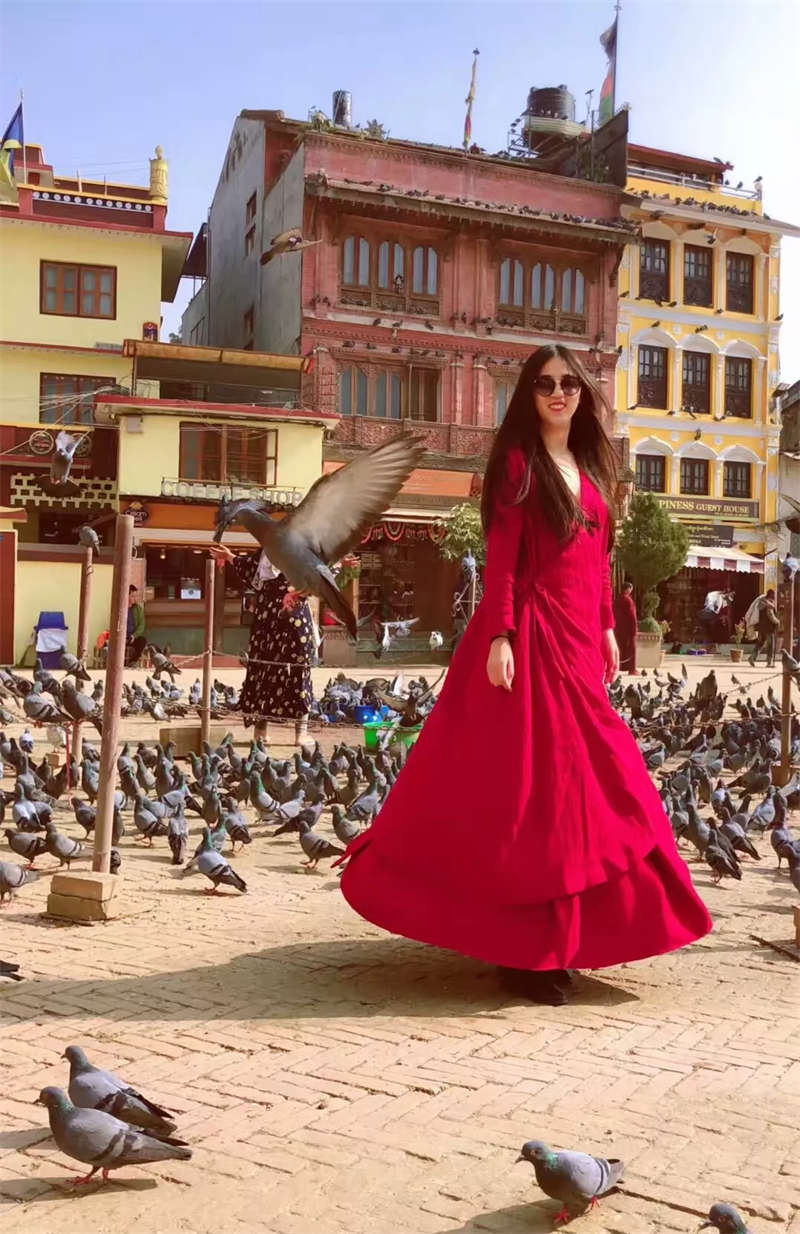

The Boudhanath Stupa is the largest round stupa in the world and one of the world's cultural heritage. Here is the huge god eye that often appears in Nepalese postcards, watching everything quietly. This is a must-see, look at the eyes of Nepal, look at the piety of those believers, and experience the silence under religion.
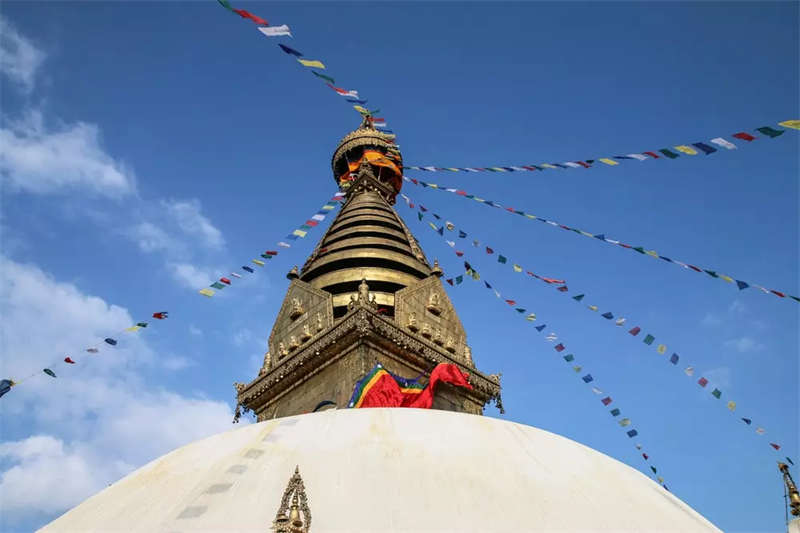
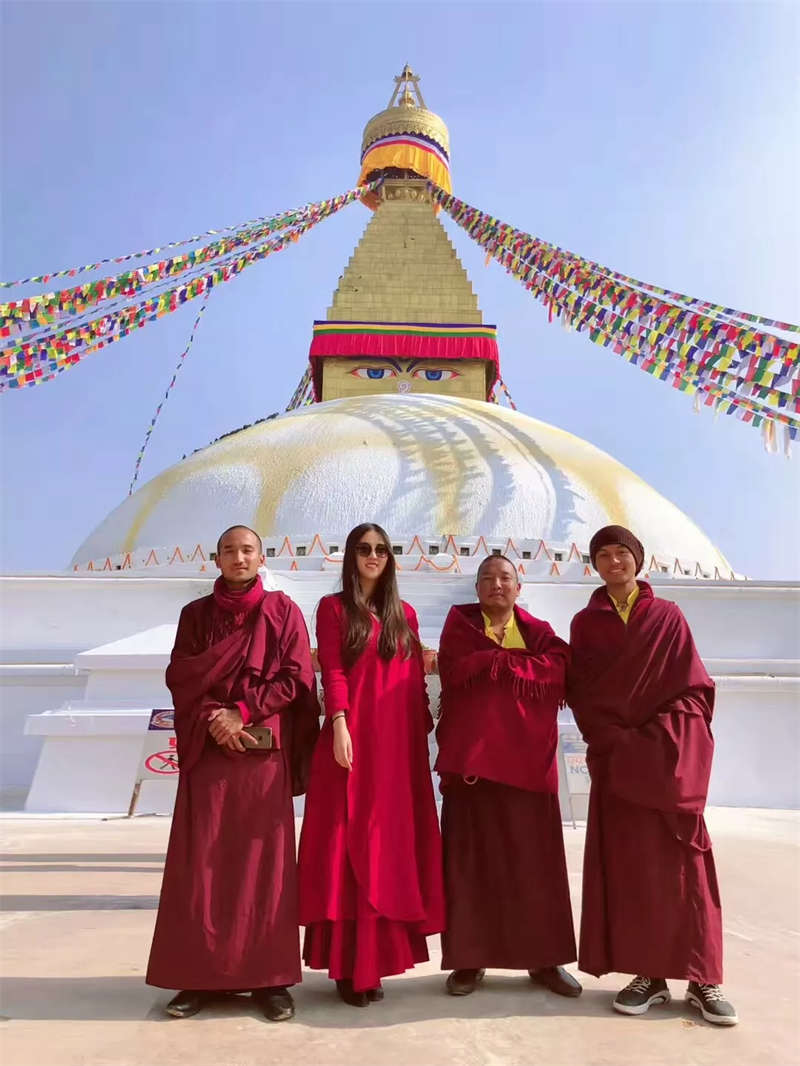
It takes about 1 hour to tour the big stupa. There are souvenirs in the square below the pagoda. You can buy some. The price is not expensive, and the refrigerator is very good.Surrounded by a circle of devoutly rounded around the stupa, the followers who turn the prayer wheel stretch from morning till night. In the vicinity of the big stupa, I saw people selling pigeon food. Remember, Ha, 50 rupees a small pot of corn.
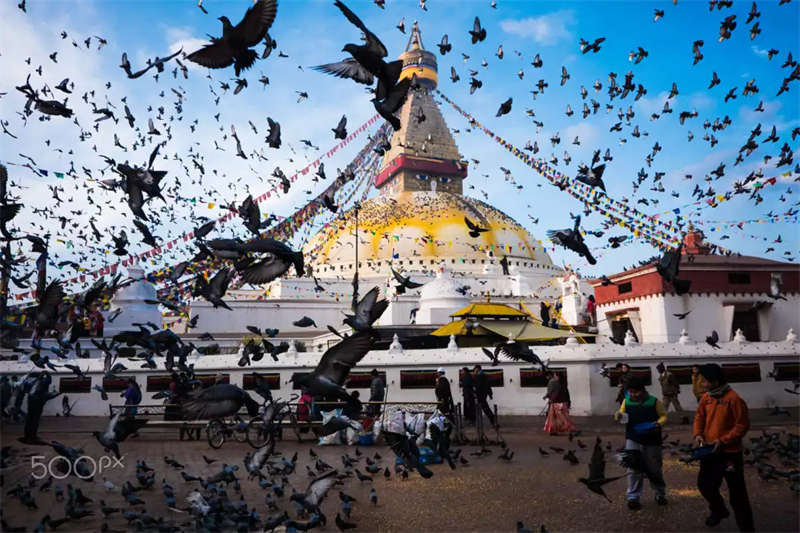

With more than 2,500 years of history, Swayambhuna is the oldest Buddhist temple in Nepal and one of the world's cultural heritage. Because there are many monkeys here, it is also known as the "monkey temple."
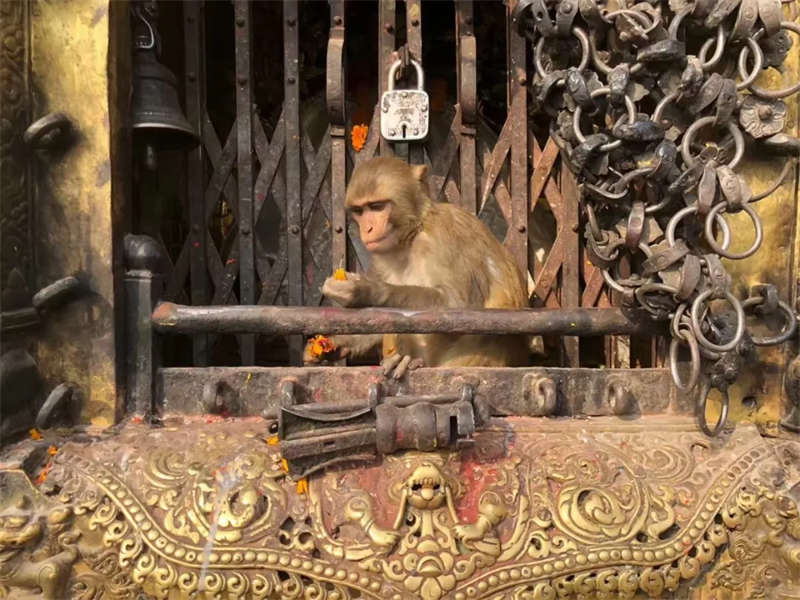
Here you can see the panoramic view of Kathmandu. When the weather is fine, you can see the Himalayas, and the scenery at sunset is especially beautiful.
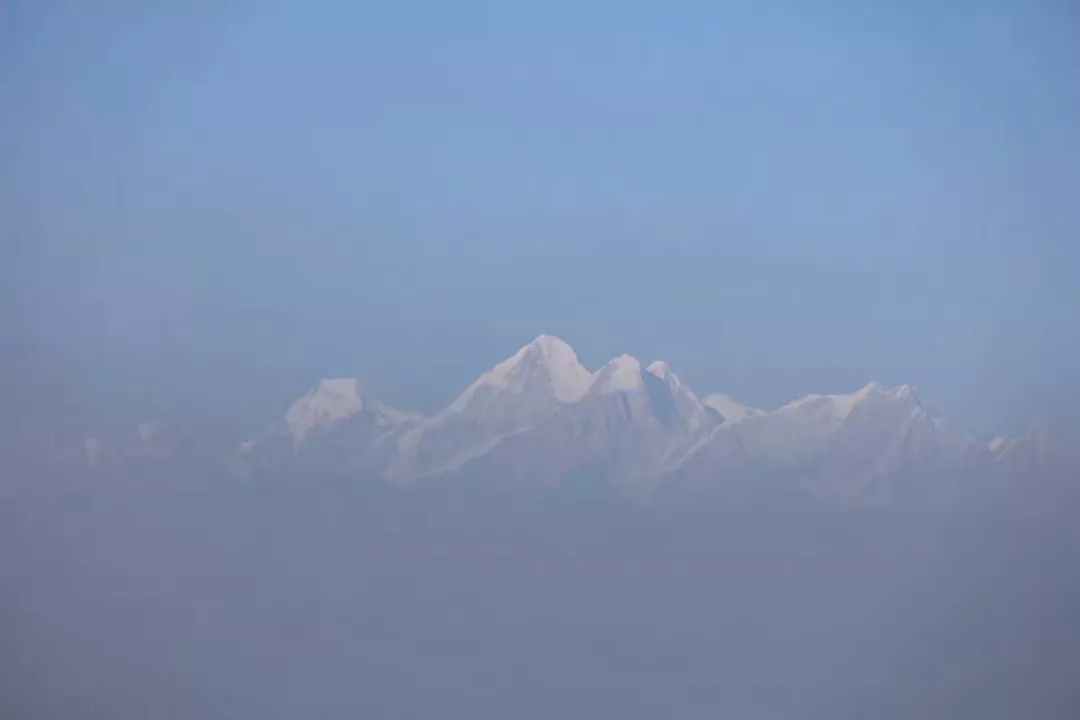

The Hindus here believe that the cremation of the holy river is the last sacrament of life. Death is the entrance to another cycle. In the raging flame, the soul enters the new world.
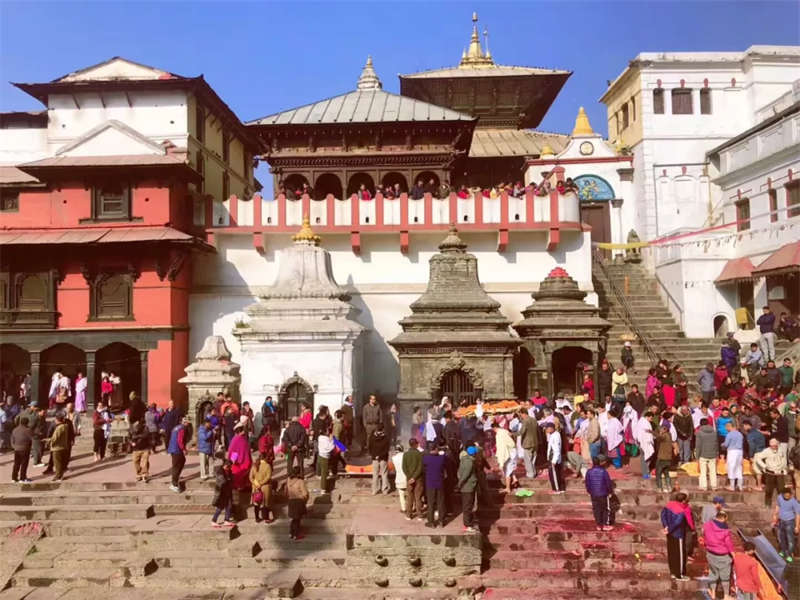
The cremation corpse is divided into two parts, the upstream and the downstream. Theupper part is used by the former royal family. The lower part is used by the civilians.Every once in a while, the dead will be carried to the front of the stage. The ceremony is 24 The hour is uninterrupted, and the burning process does not actually see the body, because it is completely covered by firewood and straw. After the burning, all the ash is scattered into the river and goes along the river to the place where the life is reincarnation.
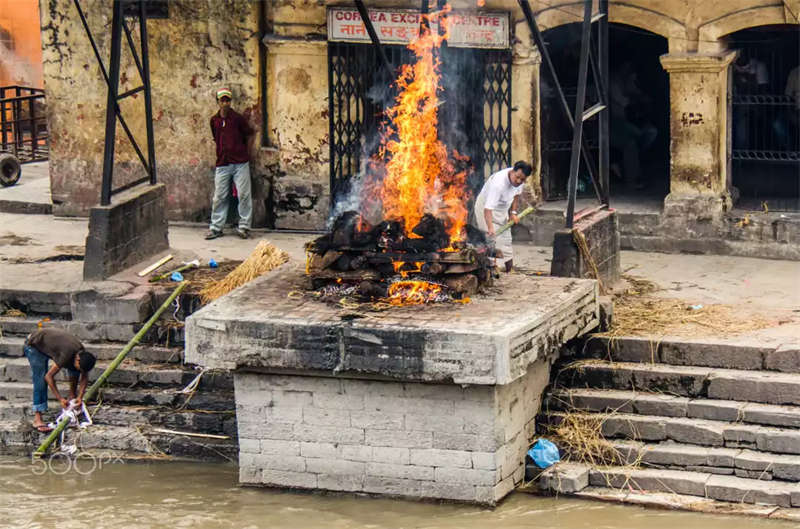
Asking for the child and sending the dead away, these two things are going on both sides of a river. This is probably the cycle of life and death that Hinduism believes.
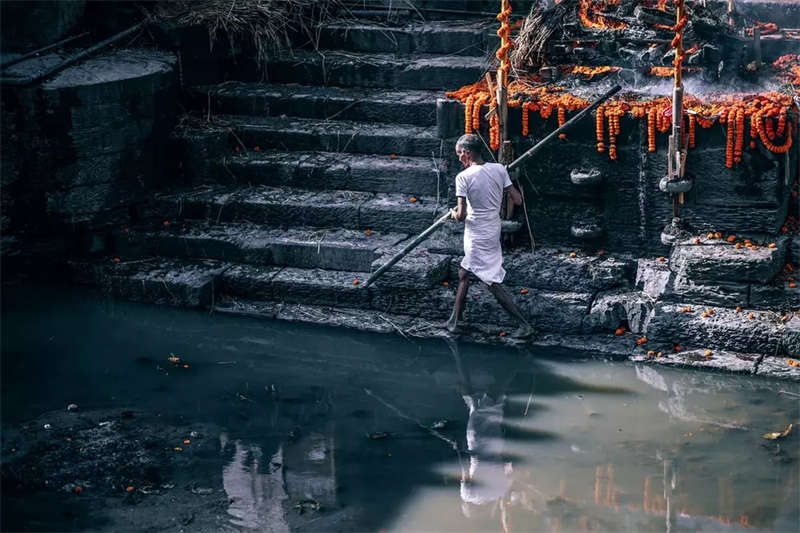

There are "Himalayan snow-capped mountains viewing platform," said the Naga wide special, Kathmandu Valley to watch the Himalayas widest angle of view and the best place.
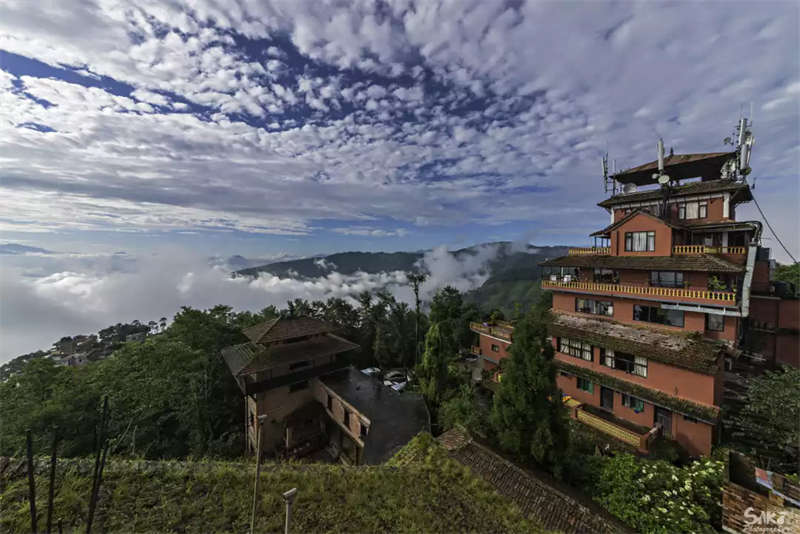
From any point on the ridge, you can clearly see the opposite mountain, you can easily take a panoramic photo.
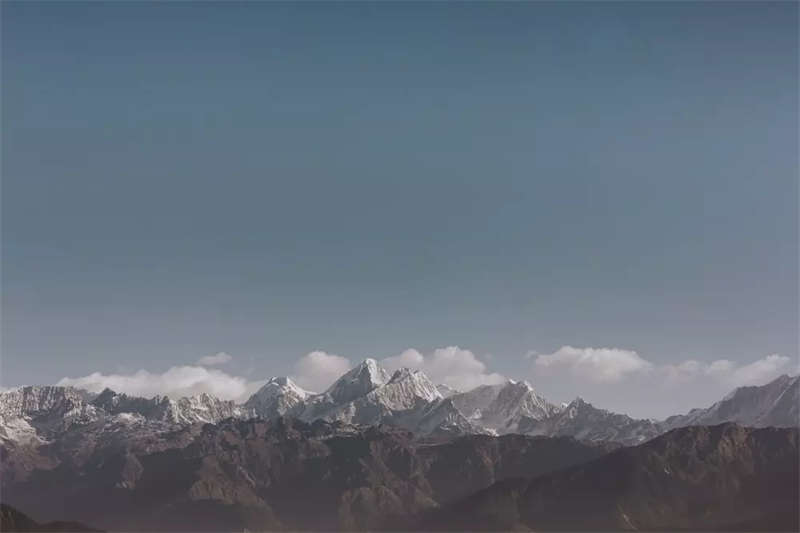

Bad Gund Durbar Square is the most spacious and cleanest of the three famous Durbar Squares. Apart from countless temples, the most attractive thing is the rich atmosphere of the locals. Here you can clearly see the damage caused by the earthquake to historical and cultural heritage. At first glance, I thought I was in Egypt.
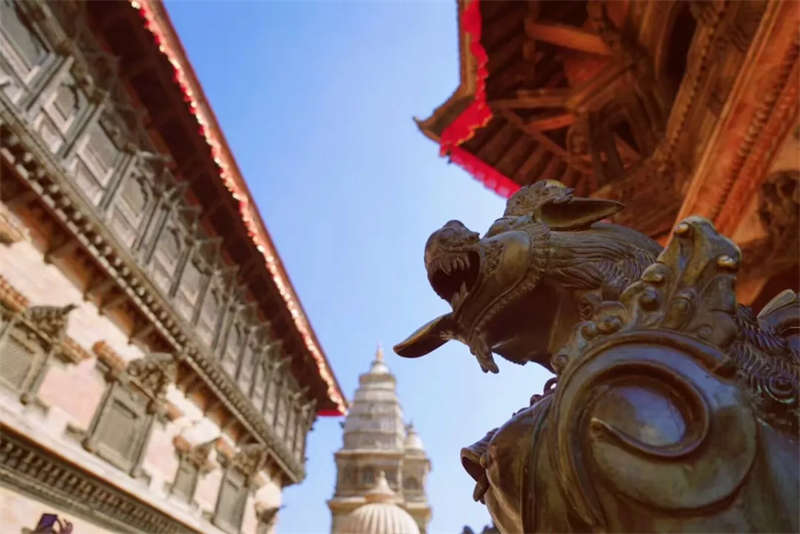
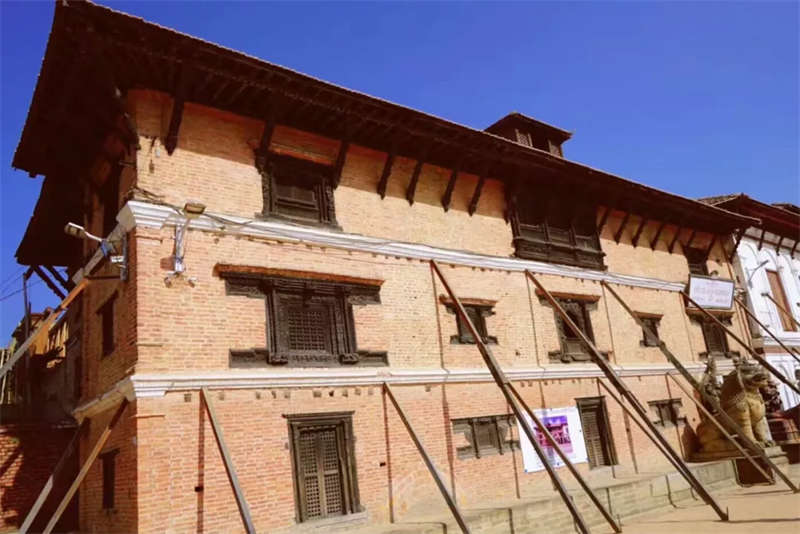
After entering the second door of the old palace, you can't take pictures afterwards. You can see the ancient Hindu temple outside the third door that is forbidden. It is said that this is the origin of the real goddess of life.
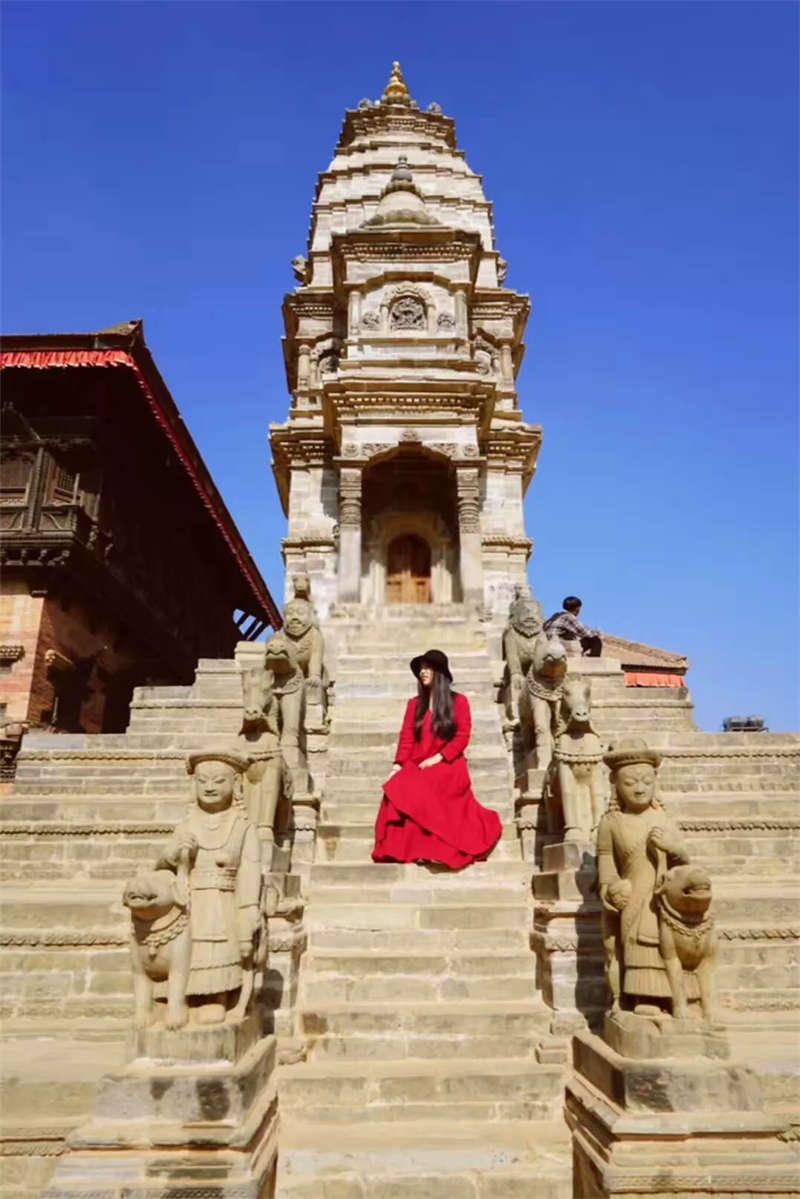
The open-air bath of the old emperor, the snake is equivalent to our dragon in Hinduism. The stone-like stone statue is a symbol of male and female reproductive organs, which can bring good pregnancy.
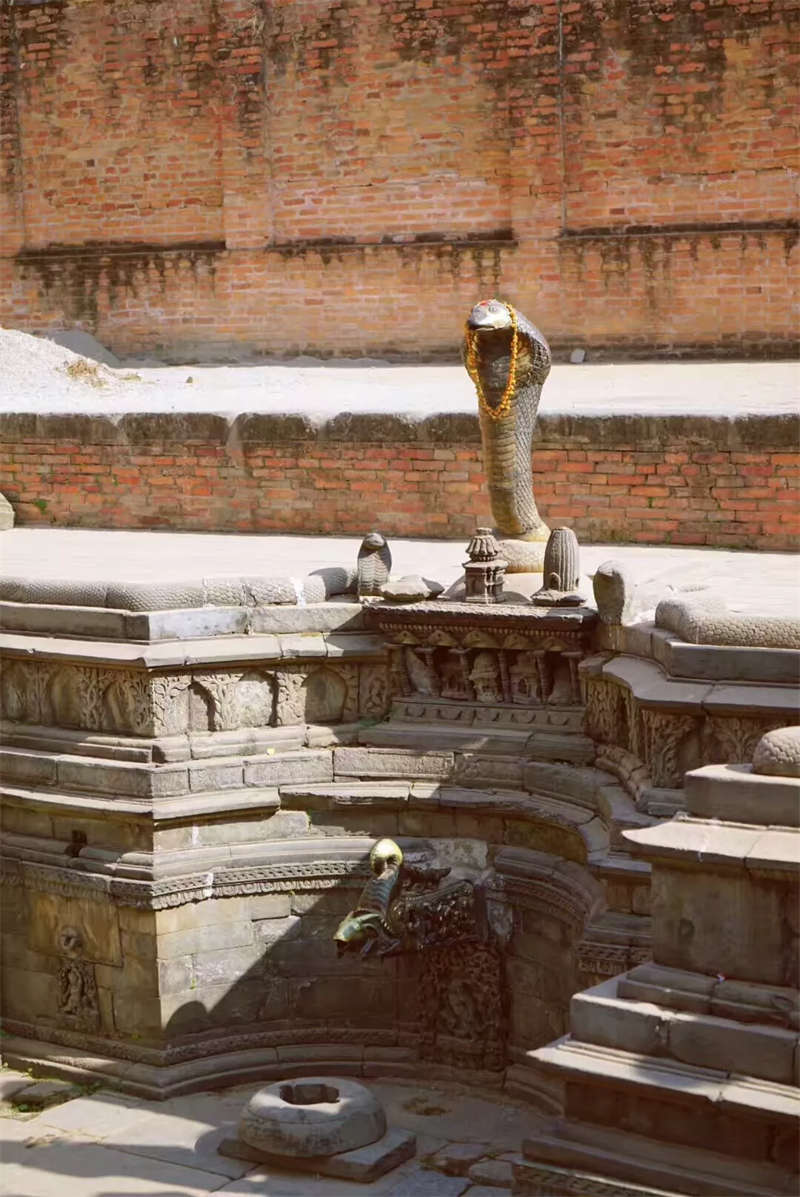

At the low altitude of the foothills of the Himalayas and the Indian subcontinent, Chitwanis an open , unfenced park where animals live freely, while the town of Saraha is separated from Chitwan Park by a river. Good or the only habitat.
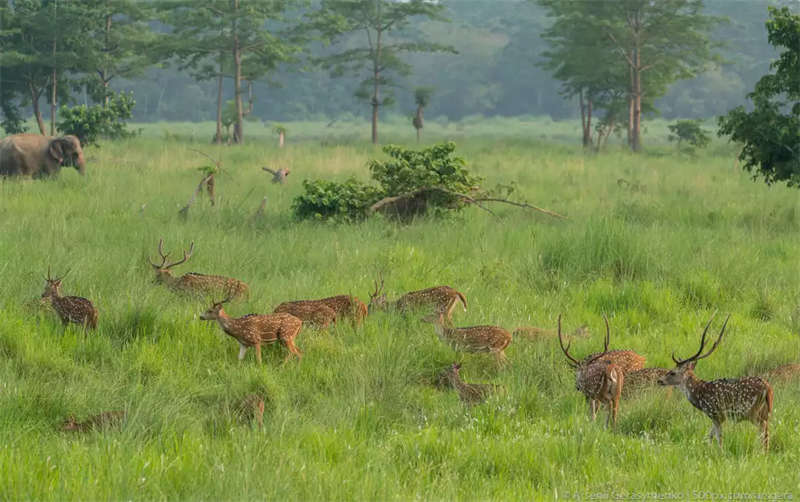
Riding elephants through the jungle is one of many visitors to Chitwan. Starting from the Wild Elephant Domestication Center, through a valley, the rainforest appears in front of you.
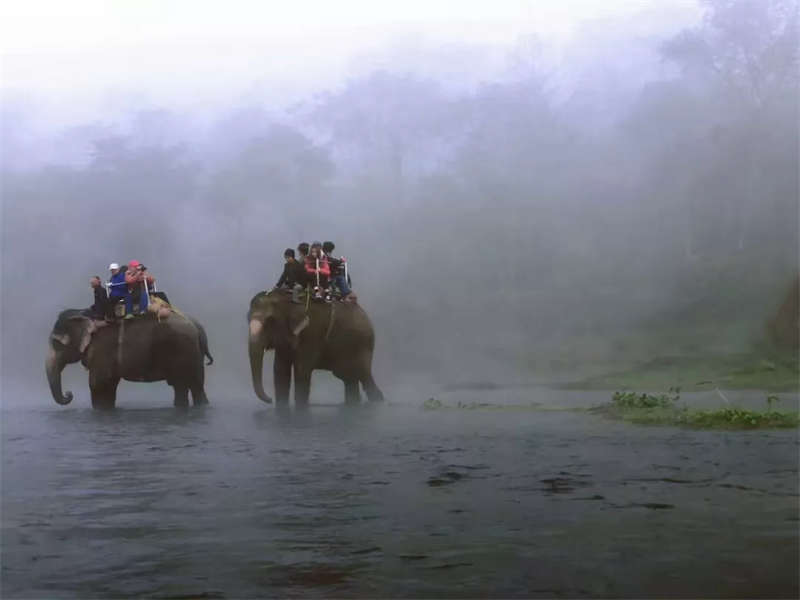
Along the way, sika deer in groups, foraging in the woods, rhinos and crocodiles sneak their heads in the water, and there are countless pheasants and squirrels in the forest.
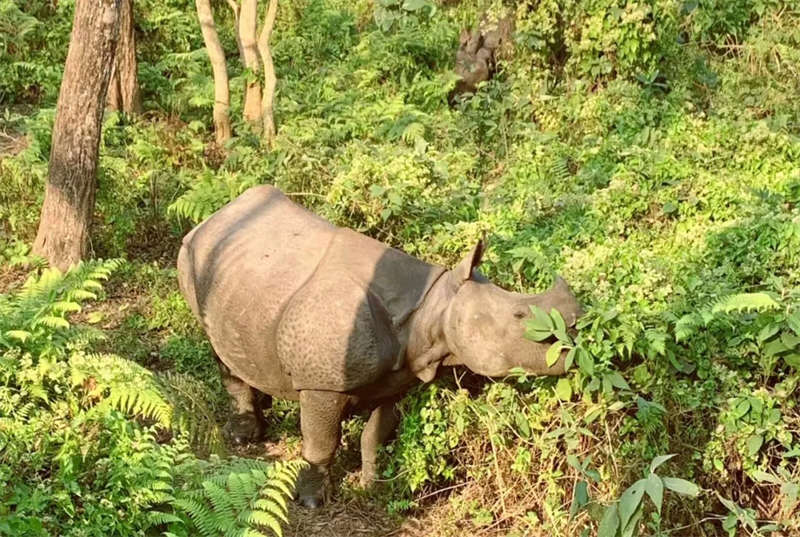
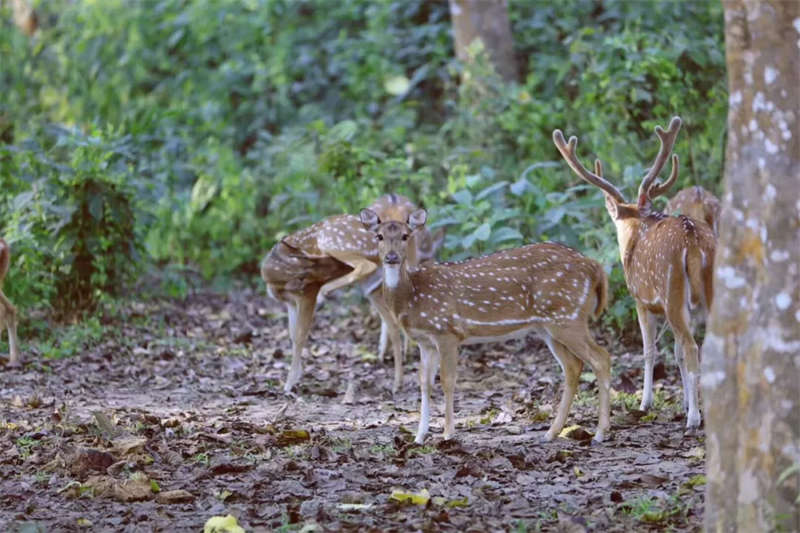
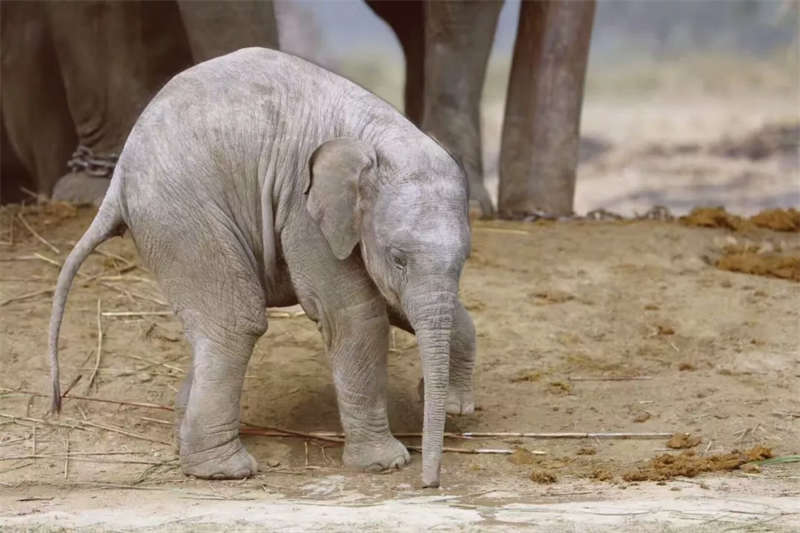
In the afternoon, you can take a boat on the river and hike the original jungle. The forest grassland has a panoramic view.
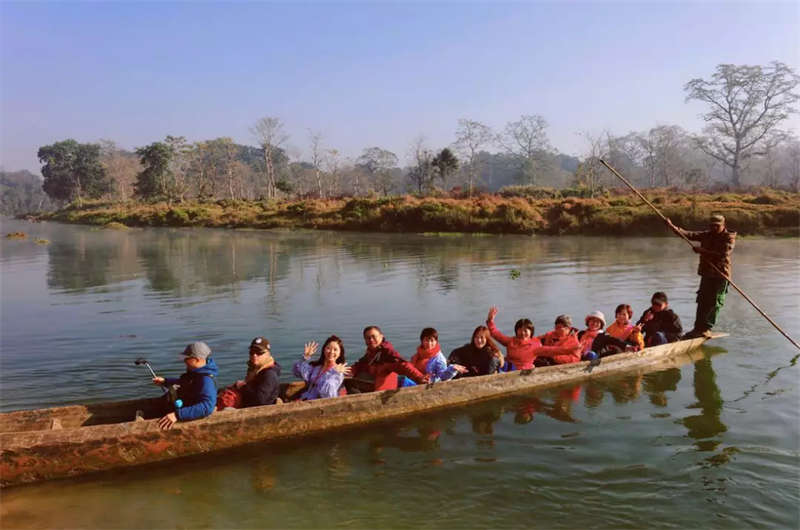
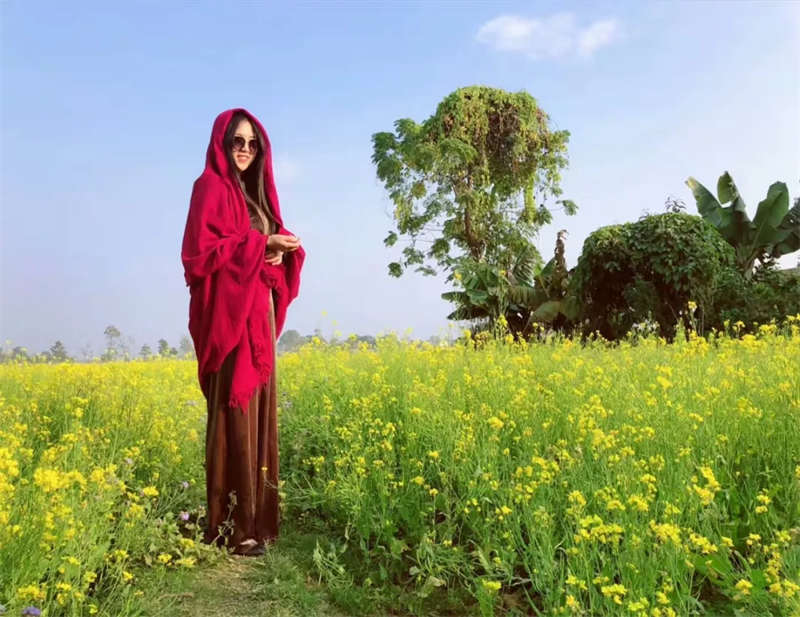

Under the snow- covered Annapurna peak and the fishtail peak , Pokhara is surrounded by the charming Fewa Lake, with its lush vegetation and magnificent snow-capped mountains.
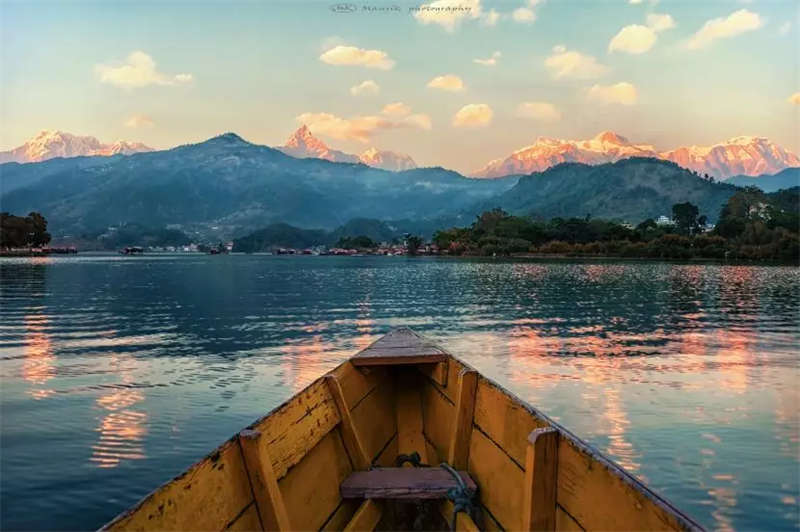
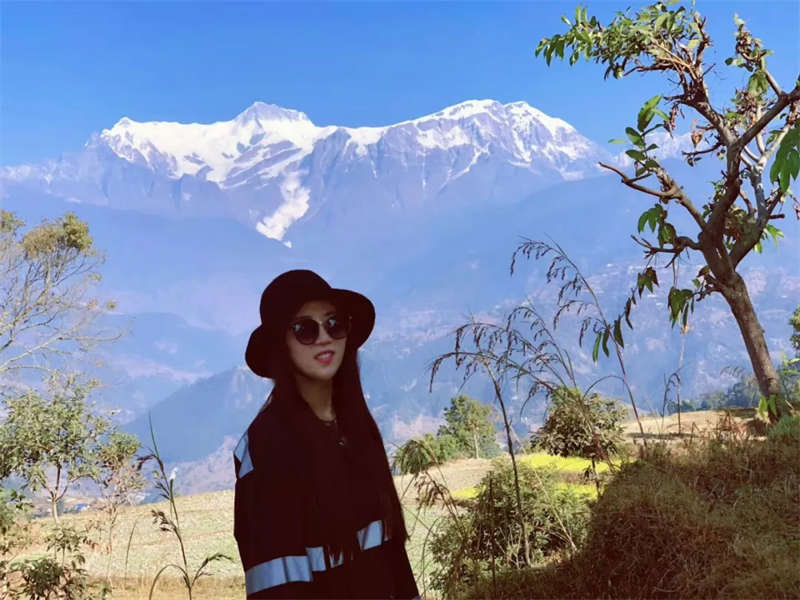
Known as the Oriental Little Switzerland, it is also a paradise for the world's walking enthusiasts, a paradise for extreme sports, boating, cycling, and gliding. Every experience is unforgettable.
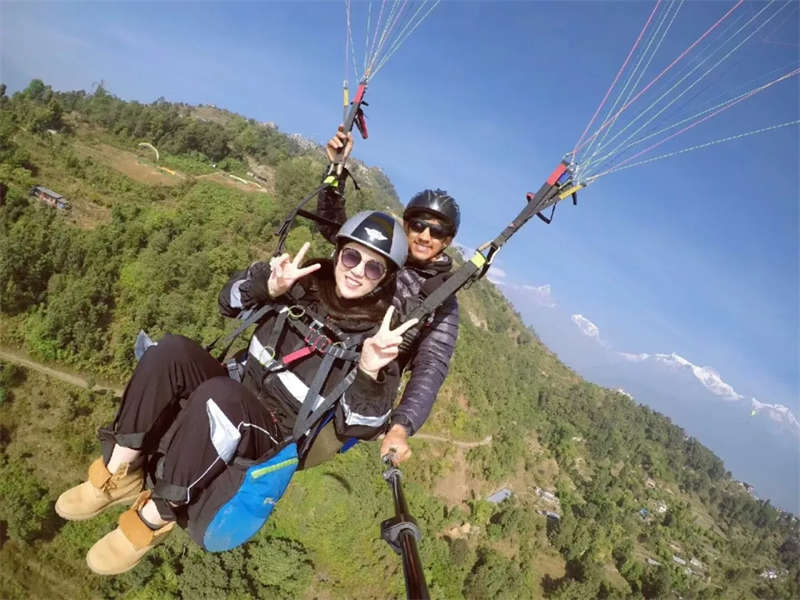
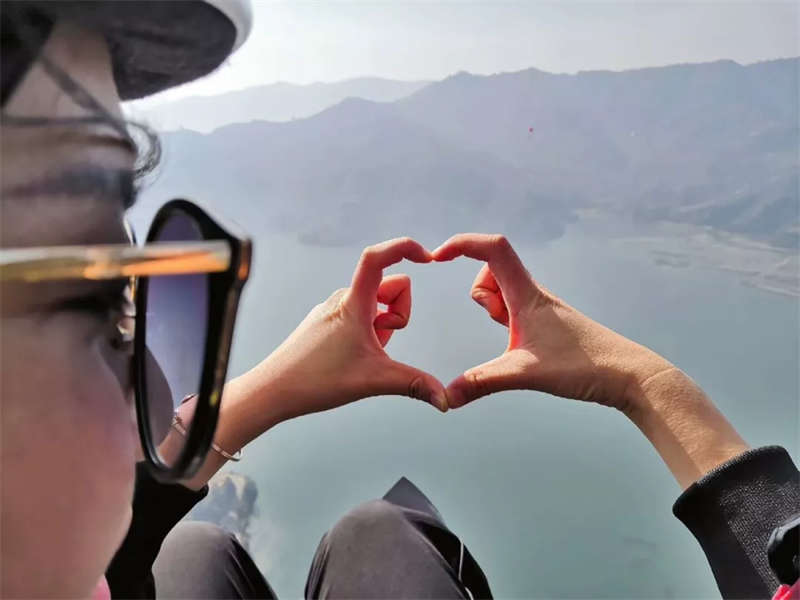
The lake here is the most fascinating place in Pokhara. The lake is horizontal like a mirror, reflecting the Himalayas. At dusk, there is a chance to see Rizhao Jinshan. You can go boating on the lake, hike or cycle around the lake, or find a comfortable lakeside cafe, enjoy an authentic English afternoon tea, admire the beautiful lakes and mountains, and then spend a whole afternoon.
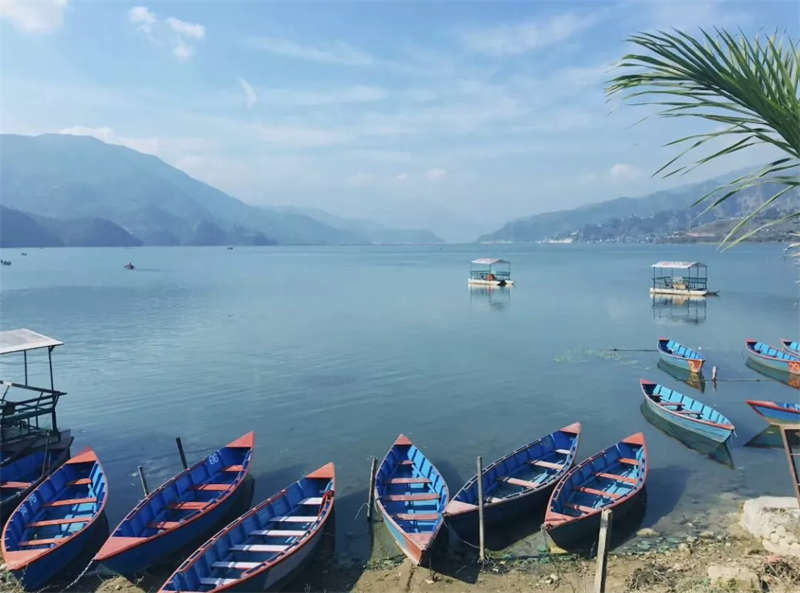

Damps is a great place to see the Fishtail and Annapurna. If you have a few days in Pokhara and don't plan to hike, you can choose to hike to Temples for one night without going to the mountain. You can see the most beautiful scenery in Nepal without spending a penny.
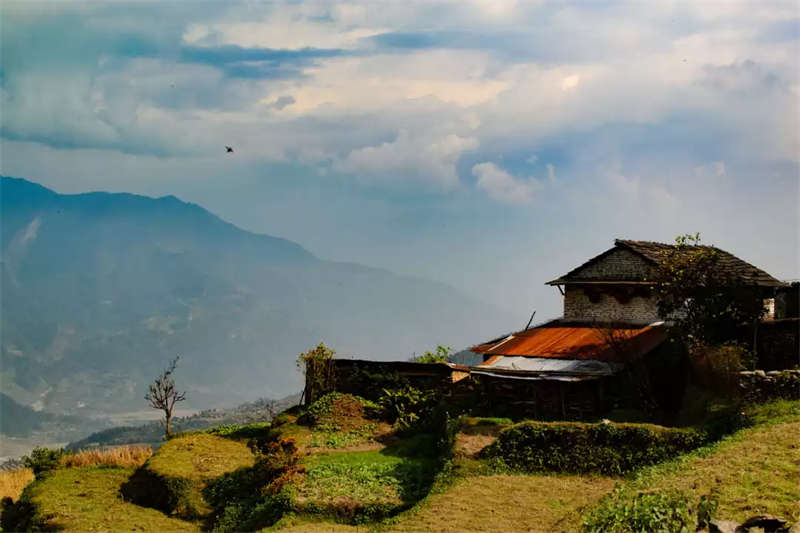
Usually after lunch, starting from Pokhara for 35 minutes to Phedi to Phedi, after 3-4 hours on foot, you will arrive at Dhampus. In addition to the long wet and slippery mountain road, you will occasionally pass through some small villages. Flowers, moss-covered slate, blue-walled green tiles, colorful dresses.
